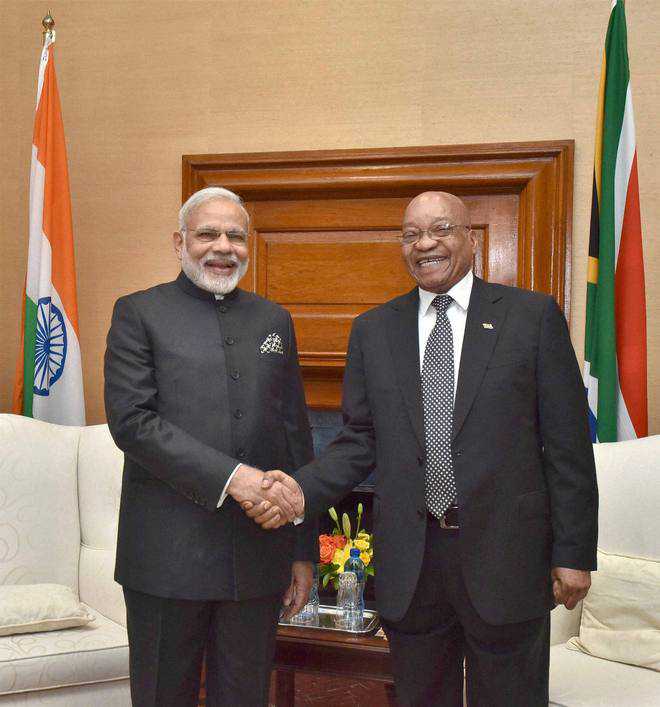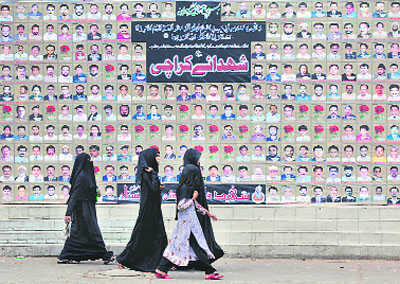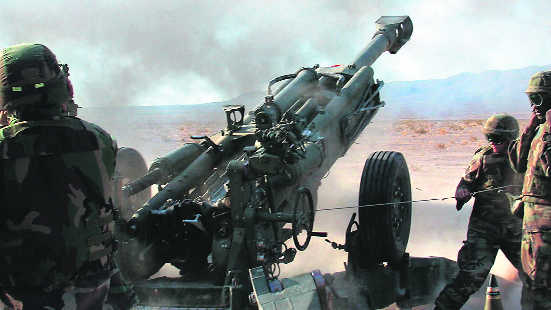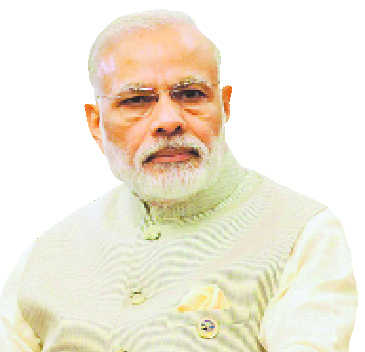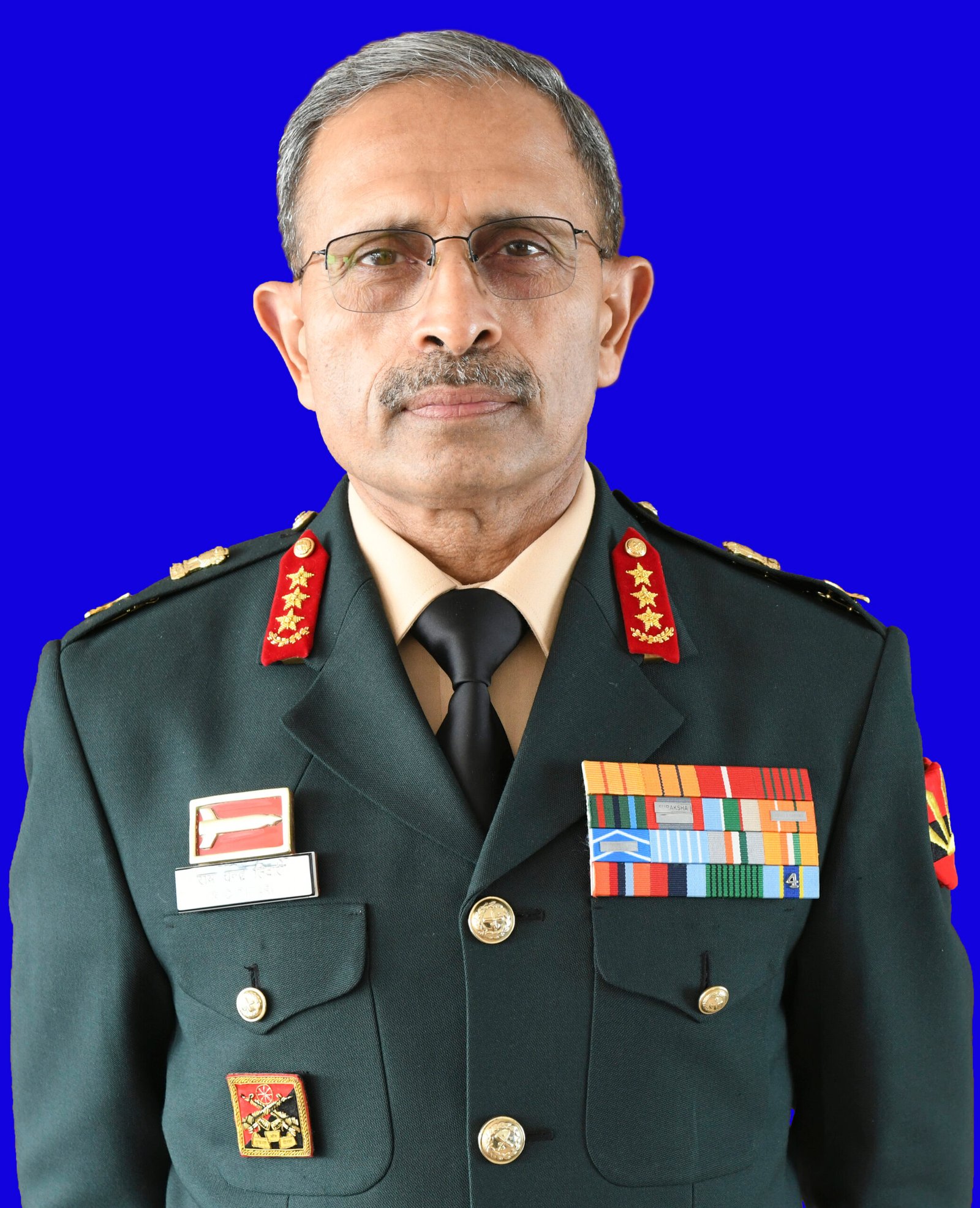Says despite China’s objections, NSG process has started on a positive note
New Delhi, June 27
Having taken risky initiatives, Prime Minister Narendra Modi today said India would have to be “alert and conscious” at all times but wondered with whom in Pakistan lines can be drawn for conducting talks—with the elected government or “other actors”.He said India would have to drive home the advantage on the fact that the world has now convinced of its views on terrorism from across the border. India will have to continue putting forth its views on this matter, Modi said.“With whom in Pakistan do we draw the ‘lakshman rekha’ on talks — with an elected government or with other actors? India will have to be alert and conscious at all times. There should not be any laxity and negligence,” he told a news channel.Modi was asked define the “lakshman rekha” for holding talks with Pakistan. In 2014, the government had said talks should be only between the two countries and not with the Hurriyat.The PM said he no longer had to convince the world about India’s stand on terrorism. He has made consistent efforts with the neighbour given his Lahore visit or inviting the Pakistan Prime Minister to India, Modi said.“The world in one voice is praising India’s role. Pakistan is finding it difficult to answer. The world is watching. Earlier, the world would not buy India’s theory on terrorism and sometimes it would even treat terrorism as a law and order problem. Now, the whole world is accepting what India says on terrorism. It is accepting the loss caused to India by terrorism, the loss caused to humanity by terrorism. I believe India will have to continue putting forth its view on this matter,” the PM said. On China objecting to India’s entry into Nuclear Suppliers Group (NSG), Modi exuded confidence that the country would get membership of the bloc and the process for it has begun on a “positive note”.Modi said India had a number of problems with China and efforts were on to resolve them one-by-one through talks.Asked during an interview whether he was disappointed as China blocked India’s bid for membership of the NSG and how close it was to getting it, Modi only said things would move forward as per rules.The PM said successive governments had made consistent efforts for getting membership of the UN Security Council, Shanghai Cooperation Organisation (SCO), Missile Technology Control Regime (MTCR) and NSG.“First thing is that India has taken up such efforts consistently whichever government was in power — be it membership of UN Security Council, SCO or MTCR or NSG. All of us made efforts.”“It is not only this government which has done this. This is in continuity. It is true that in our tenure, SCO has been achieved, MTCR membership has been achieved. I am fully confident that we have begun efforts in the direction of the NSG (membership), formally.”“The process has begun on a positive note. Everything is governed by its own rules. Things will move forward as per rules,” he said. “We do not have one problem with China, we have many problems pending with China. Slowly and steadily efforts are on to find solutions to them one-by-one,” he said. — PTIModi speaks his mind on issues facing nation, BJP
BJP Hotheadss
“Heroes should not be made out of hotheads who make extreme comments… The media should also exercise self-restraint while dealing with such people. I see news channels airing statements made by people whose faces I have never seen and they end up hogging the limelight… I fail to understand why such people are encouraged. Don’t make them heroes, they will themselves stop”
Agusta probes
“There is no witch-hunt in the probe into the AgustaWestland chopper deal. Investigating agencies will do a professional job and whatever names come up, let’s see. A sin has been committed and those behind it have had a major protective cover. I can’t deny it and I believe that we have the right to doubt that people behind this are very experienced”
Foreign policys
“The biggest factor that has empowered this foreign policy is that for 30 years, we have had unstable governments without a clear mandate. The world measures a government by the situation it is in its own country. I am thankful to the people of this country that they elected this government with full majority and this has had an impact on world politics”
Inflations
“You can’t view inflation as an issue of perception. Price rise should be seen as a reality. We will have to accept reality. The fast rate at which inflation was rising under the previous government has decelerated a lot. You can check the statistics, you will find it all”
Povertys
“The poor are the focus of my government’s economic agenda. The poor should be strengthened in such a way that they get the willingness to defeat poverty. By helping the poor make ends meet while they remain in poverty is also one of the ways. I am not saying right or wrong, but it’s one of the ways”
Regrets humourless public life
PM Modi regretted that humour had more or less disappeared from public life as newsmakers feared being misunderstood. He said he earlier used to pepper his speeches with anecdotes laced with humour. But he was now afraid of doing that. “Now I fear… It is a matter of concern,” he said
